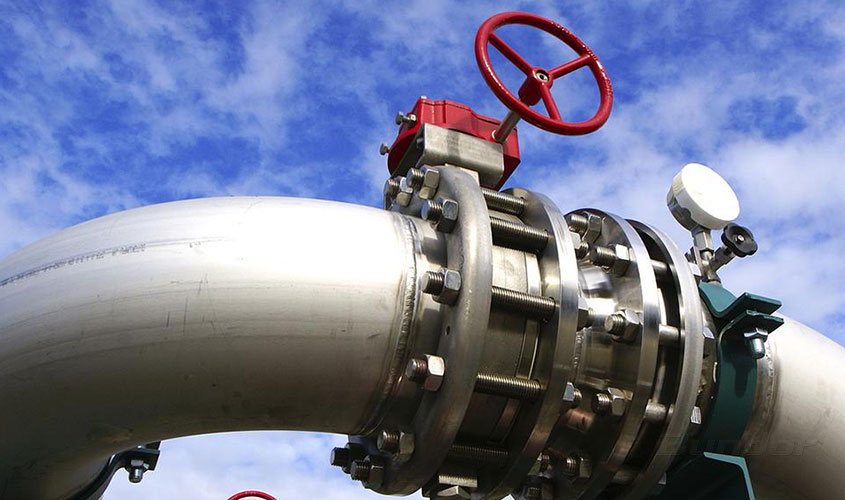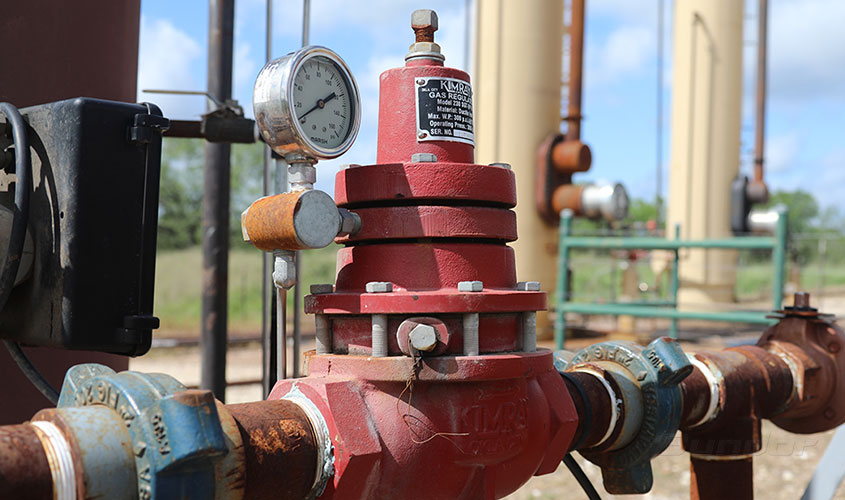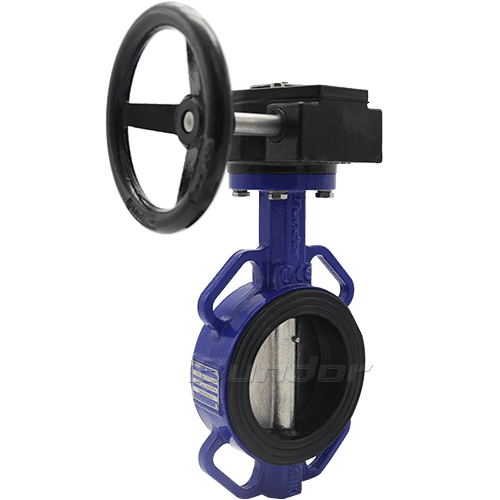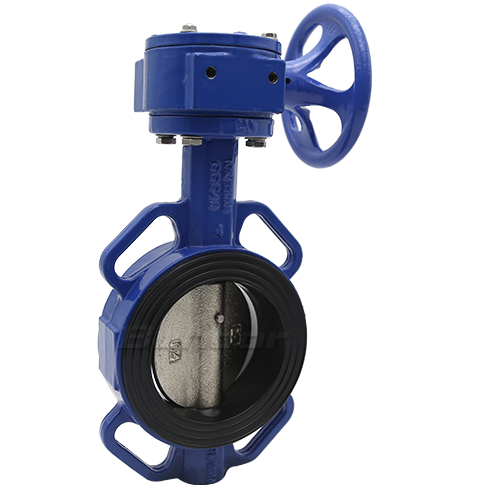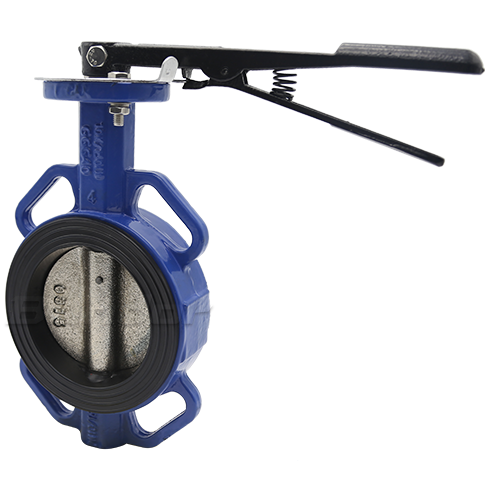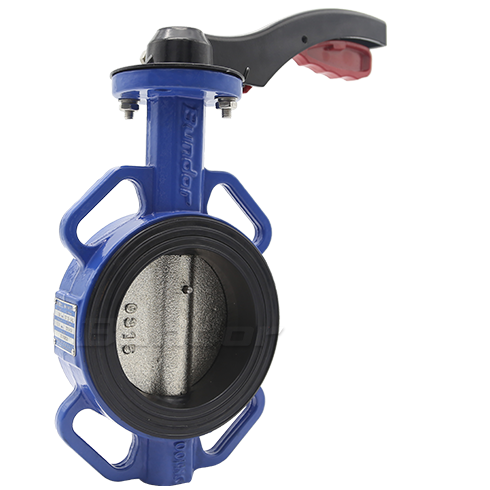If the soft seal gate valve you purchased will be used for oxygen media, the manufacturer will usually advise you not to do so and inform you that the use of the gate valve in the oxygen medium line is prohibited in the specification. What is the reason for this rule? In fact, this is mainly related to the movement mode of the gate valve. The opening and closing mode of the gate valve is the vertical movement of the gate. There is a possibility that the shutter and the valve seat will generate strong friction and sparks. Since the contact between the valve plate and the valve seat is not continuous, static electricity may occur. This makes it extremely dangerous to use the gate valve in a flammable and explosive oxygen medium line. Next we will analyze this situation specifically.
According to the characteristics of the gate valve, the gate valve should not be used to adjust the flow and pressure. Otherwise, the sealing surface will wear quickly and the tightness will decrease.
Moreover, the gate valve cannot be pressure-regulated by slowly opening. Gate valves are not suitable for oxygen piping. The reason for disabling the gate valve in the peroxygen pipeline is that the sealing surface of the gate valve causes iron powder to be detached from the sealing surface due to friction during relative movement. Although this seems so trivial in our usual, in the high-pressure pure oxygen environment, these small particles of iron powder are very easy to burn after the ignition point, which will bury the safety hazard.
Here, there is one more point to note, that is, the safety hazards of the oxygen pipeline are not all blamed on the gate valve. An explosion can occur when the pressure difference between the two sides of the valve is large. From the lessons learned from the accident, the ban on gate valves is actually prohibiting the generation of combustibles. This is the same as the purpose of regularly removing rust, skim, and oil. To further control the flow rate, do a good job of electrostatic grounding, etc., to eliminate the fire source measures, this has a great relationship with the valve material. Although copper-based alloy gate valves have a significant effect on the elimination of combustibles than cast iron-cast gate valves, this does not mean that safety hazards do not exist. The reason is that there is no control of the fire source, and it is impossible for the source to control only whether the gate valve is safe or not. Attention to the operating pressure and careful maintenance of all stages of the pipeline must be tight and safe, not just the use of gate valves.


